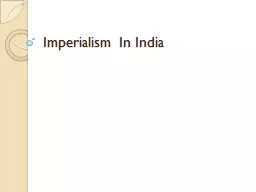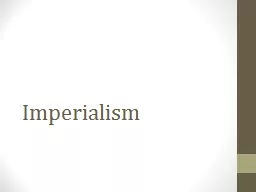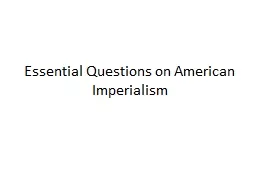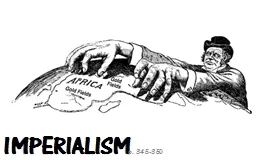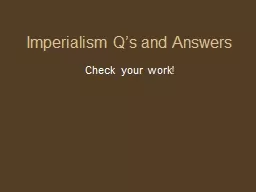PPT-Imperialism In India The Beginning…
Author : pasty-toler | Published Date : 2019-03-20
Britain had many trade interests in India In order to protect their trade interests and resources Britain set up a powerful company The British East India Company
Presentation Embed Code
Download Presentation
Download Presentation The PPT/PDF document "Imperialism In India The Beginning…" is the property of its rightful owner. Permission is granted to download and print the materials on this website for personal, non-commercial use only, and to display it on your personal computer provided you do not modify the materials and that you retain all copyright notices contained in the materials. By downloading content from our website, you accept the terms of this agreement.
Imperialism In India The Beginning…: Transcript
Download Rules Of Document
"Imperialism In India The Beginning…"The content belongs to its owner. You may download and print it for personal use, without modification, and keep all copyright notices. By downloading, you agree to these terms.
Related Documents

